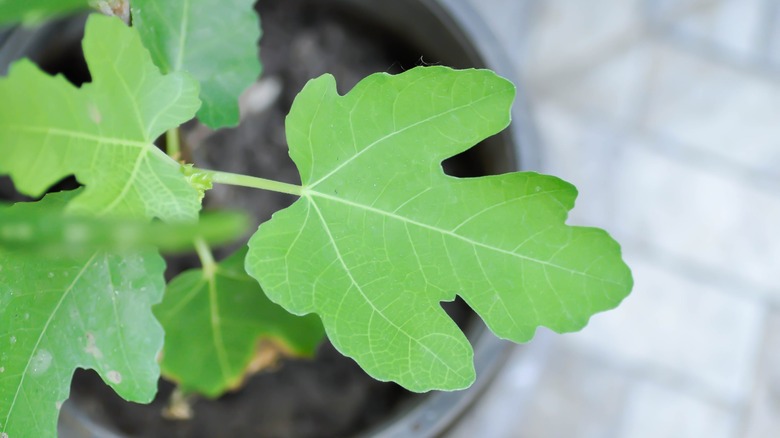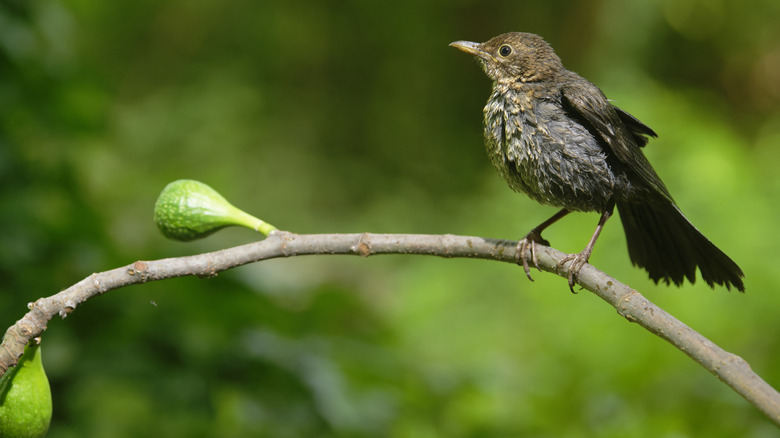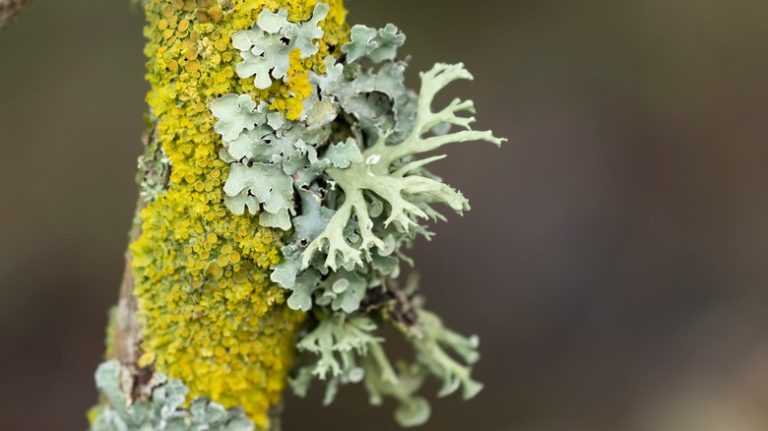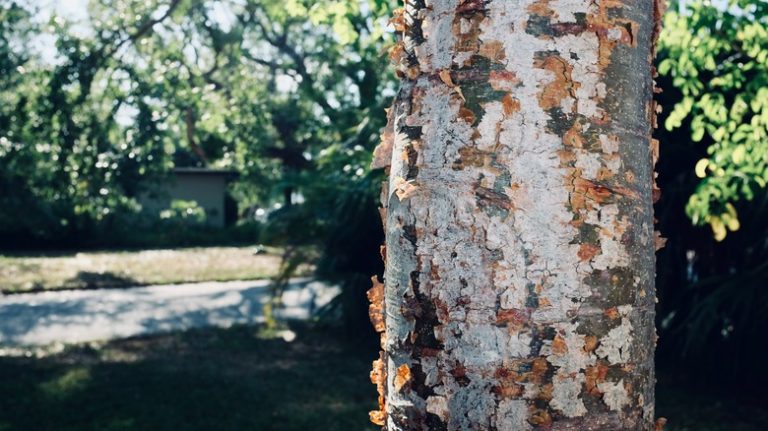Sweet and delicious figs have been enjoyed in and around the Mediterranean for thousands of years but are surprisingly tolerant of some cooler climates as well. In addition to their tasty fruit, fig trees also have elegant leaves and can grow as tall as 30 feet or be kept at a more manageable 10 feet. Figs can make perfect additions to many backyard orchards. While not generally a difficult fruit to grow, failing to meet your fig tree’s watering needs will set your plant up for failure.
While most common fig trees (Ficus carica) are only perennial in zones 7 through 10, there are also cultivars like the Chicago hardy fig which can thrive even in the frigid winters of USDA zone 5. Alternatively, gardeners in colder climates can plant fig trees in containers and bring them inside for the winter. Figs grow in neutral to acidic well-draining soil and enjoy full sun, though they can also grow well in part sun. Be sure to wear gloves when pruning or working with your fig tree, as the sap can be irritating to skin.
Water is essential for a new fig tree

Whether you plan to grow your fig tree in the ground or in a container, using good soil that is rich in compost or other organic material sets your tree up for success and can help prevent watering mistakes by allowing excess water to drain while holding onto enough water to prevent your plant from drying out too quickly. After planting your fig tree, be sure to water it thoroughly. Continue checking your tree daily for the first few weeks and water it thoroughly if the top few inches of soil are dry. If you are growing in a container, your fig tree, like most container plants, will likely require more water than plants grown in the landscape.
When watering your tree, slowly add water until the soil is fully saturated. Avoid creating puddles or standing water, though. You may want to keep grass or other ground cover away from the tree while it is getting established so it doesn’t have any competition for water or nutrients. Instead, use mulch to limit weeds and prevent water from evaporating.
Older fig trees still need regular watering

If you grow your fig tree in a container, it will likely continue needing regular watering as it grows. The roots of fig trees grown in the landscape should spread out to look for water, so mature fig trees grown in the ground may not require as much water, however, that doesn’t mean you can forget about them. Even mature fig trees often need watering during the heat of the summer, especially if it hasn’t rained recently. Expect your tree to need about 1 inch of water weekly.
Watch your fig tree for signs of drought stress like yellow or dropping leaves. Drought-stressed fig trees often do not produce fruit and are more vulnerable to pest damage as well. If you notice the grass around the tree turning yellow that is another good sign the area needs more water. Don’t forget to check your trees in the winter as well. While trees generally need far less water in cold months, they may still need to be watered, especially if they have received little rain or snow.



